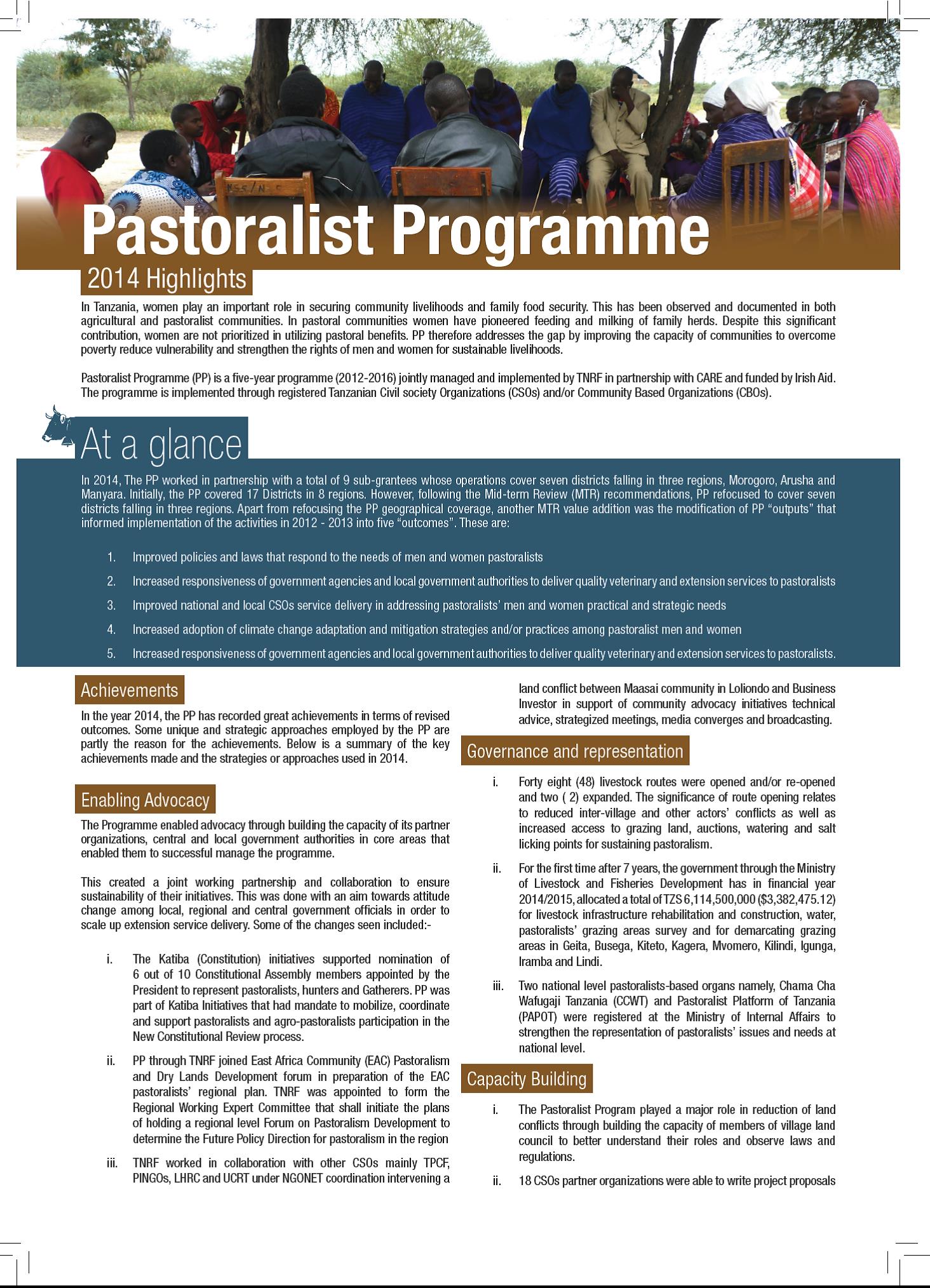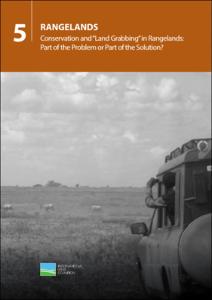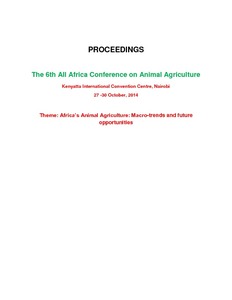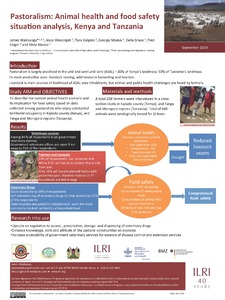Pastoralist Programme
In the year 2014, the PP has recorded great achievements in terms of revised outcomes. Some unique and strategic approaches employed by the PP are partly the reason for the achievements. This brief is a summary of the key achievements made and the strategies or approaches used in 2014.












